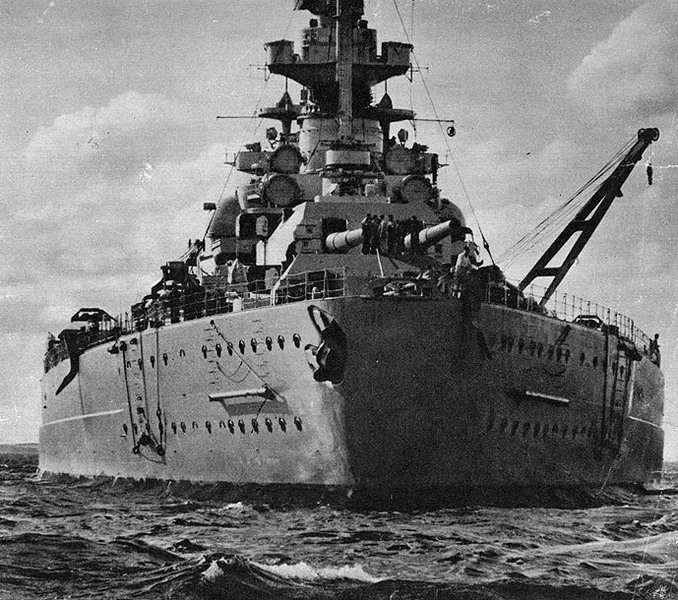May 27th 1941: The day the Bismarck was sunk - a turning point in naval warfare
On May 27, 1941, the German battleship Bismarck, one of the largest and most powerful warships of its time, met its end in the North Atlantic after an intense hunt by British naval and air forces. This event marked a significant turning point in World War II naval warfare, showcasing the lethal effectiveness of combined arms tactics and the crucial role of airpower at sea.

The mighty Bismarck
The Bismarck was launched on February 14, 1939, and was, at that time, the pride of Nazi Germany's navy. With a length of 251 meters and equipped with a main battery of eight 15-inch guns, the ship was a formidable opponent. Its armor was exceptionally thick, designed to withstand multiple hits from enemy fire. The Bismarck, along with its sister ship, the Tirpitz, was intended to disrupt Allied shipping lanes and dominate the seas.
The fateful mission
The Bismarck's maiden voyage was also its last. Along with the heavy cruiser Prinz Eugen, the Bismarck was tasked with Operation Rheinübung, an attempt to intercept and destroy convoys between North America and Britain. However, British intelligence cracked the German naval codes and was well aware of the Bismarck's movements.
The mission began on May 19, 1941. Shortly after setting sail, the Bismarck was engaged in the Battle of the Denmark Strait (May 24, 1941), where it achieved a significant victory by sinking HMS Hood, the pride of the Royal Navy, with a direct hit that detonated the ship's magazine. However, during the battle, Bismarck sustained damage that affected its ability to navigate freely.
The chase
The destruction of the Hood led the Royal Navy to issue the order "Sink the Bismarck," marshaling every available ship and plane to hunt down the German leviathan. Despite attempts to shake off its pursuers, Bismarck was damaged further by a torpedo strike from a biplane launched from the aircraft carrier HMS Ark Royal. This critical hit jammed the battleship's rudder, leaving it sailing in a circle.
The final battle
On the morning of May 27, a group of British warships, including HMS King George V and HMS Rodney, caught up with the crippled Bismarck. The ensuing battle was brutal and decidedly one-sided. Bismarck's steering failure made it difficult to maneuver and effectively respond. The British battleships and cruisers pounded Bismarck with heavy gunfire and torpedoes for nearly three hours until it finally sank west of Brest, France.
The aftermath and legacy
Of the 2,200 crew members aboard the Bismarck, only 114 survived. The sinking of the Bismarck had a profound impact on naval strategy, demonstrating the vulnerability of even the most armored ships to airpower and emphasizing the importance of aircraft carriers in naval battles. For the Allies, the event was a significant morale booster, proving that German naval power could be defeated.
Commemoration
Today, the story of the Bismarck continues to captivate military historians and naval enthusiasts. It serves as a poignant reminder of the perils of maritime warfare and the human cost of conflict. The wreck of the Bismarck was eventually discovered in June 1989, resting at a depth of more than 4,700 meters, and it remains a war grave and a site of historical interest.
The sinking of the Bismarck not only marked a critical point in the naval history of World War II but also highlighted the strategic shifts that would define the future of naval engagements worldwide.








